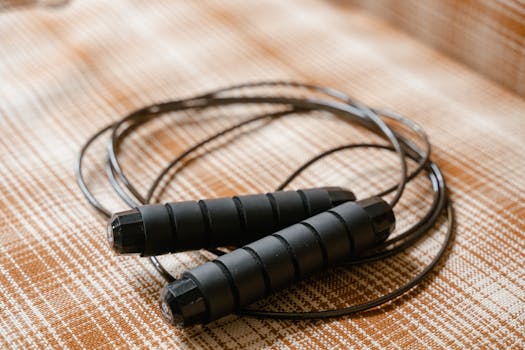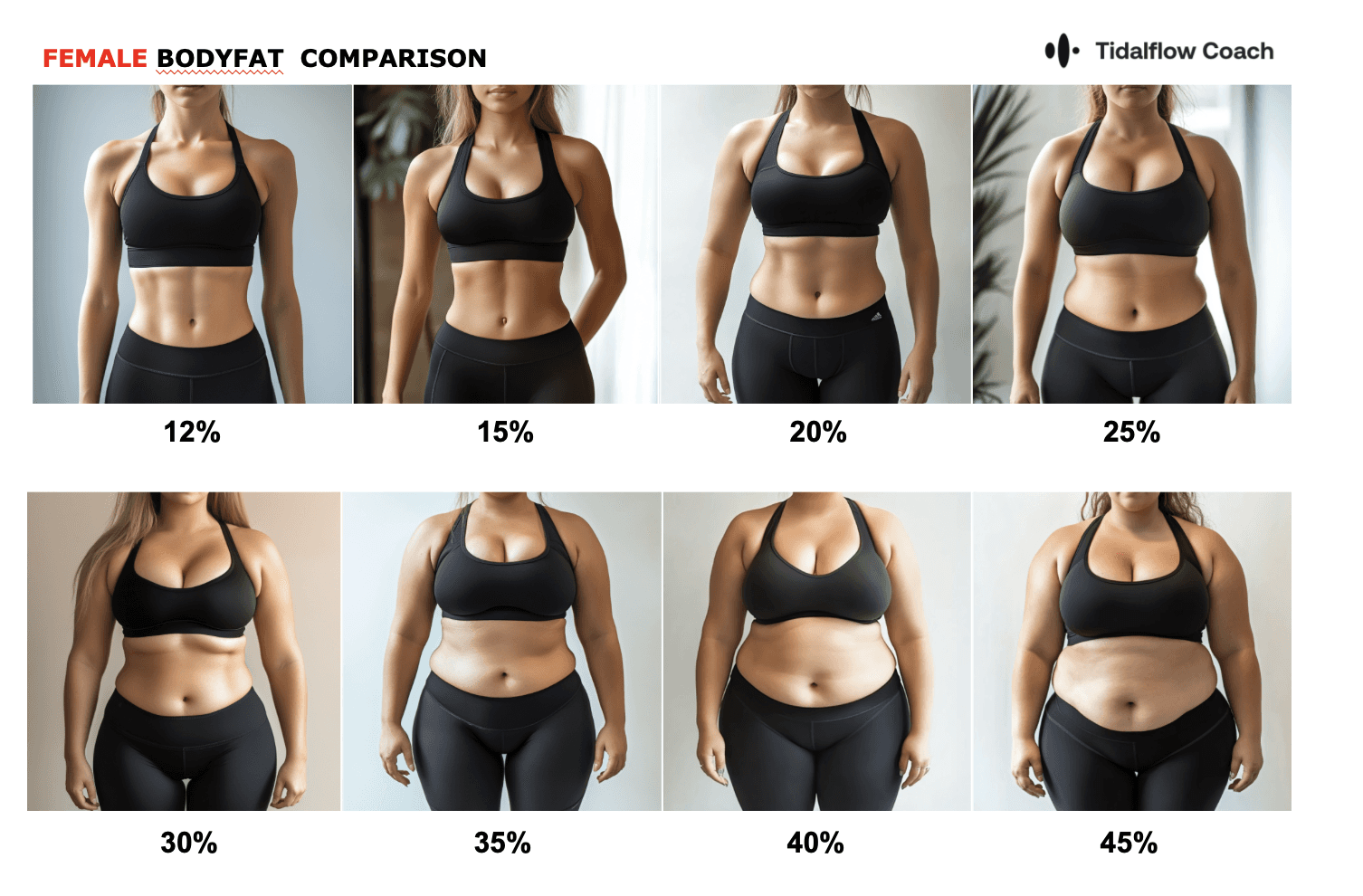18/6 Intermittent Fasting Guide: Benefits and How to Start
Oct 11, 2024
Intermittent fasting has become a popular health trend, offering various benefits ranging from weight management to improved metabolic health. Among the different methods, 18/6 intermittent fasting stands out for its balance between fasting and eating periods. This comprehensive guide will help you understand what 18/6 intermittent fasting entails, its potential benefits, how to get started, and tips for success.
Ready to embark on your fasting journey? TidalFlow offers personalized guidance to help you make the most of intermittent fasting.
What Is 18/6 Intermittent Fasting?
The 18/6 intermittent fasting method involves fasting for 18 hours each day and restricting your eating to a 6-hour window. Unlike traditional diets that focus on what you eat, this approach emphasizes when you eat.
How It Works
During the 18-hour fasting period, your body undergoes several metabolic changes:
Increased Fat Burning: With depleted glycogen stores, the body turns to stored fat for energy.
Improved Insulin Sensitivity: Fasting periods can enhance insulin sensitivity, aiding in blood sugar regulation.
Cellular Repair: Extended fasting may trigger autophagy, a process where the body removes damaged cells and regenerates new ones.
Learn more about the science behind fasting at TidalFlow's resource center.
Potential Benefits of 18/6 Intermittent Fasting
1. Weight Management
By narrowing your eating window, you may naturally consume fewer calories, aiding in weight loss. A study published in the Journal of Translational Medicine found that time-restricted feeding can lead to significant fat loss while preserving muscle mass.
2. Enhanced Metabolic Health
Improved insulin sensitivity and reduced inflammation may decrease the risk of type 2 diabetes and cardiovascular diseases. The New England Journal of Medicine highlights intermittent fasting's role in metabolic regulation.
3. Simplified Eating Routine
With fewer meals to plan, you might find it easier to maintain a consistent and healthy eating schedule.
Is 18/6 Intermittent Fasting Effective?
Many individuals have found success with the 18/6 method, reporting weight loss and increased energy levels. However, effectiveness can vary based on factors like:
Diet Quality: Consuming nutrient-dense foods during your eating window enhances results.
Physical Activity: Regular exercise can amplify the benefits.
Consistency: Adhering to the fasting schedule is crucial.
At TidalFlow, we provide tools to track your progress and stay consistent.
How to Start 18/6 Intermittent Fasting
Step 1: Choose Your Eating Window
Select a 6-hour window that fits your lifestyle. Common options include:
12 PM to 6 PM
1 PM to 7 PM
Step 2: Gradually Adjust
If new to fasting, start with a shorter fasting period (e.g., 14 or 16 hours) and gradually increase to 18 hours over a few weeks.
Step 3: Stay Hydrated
Drink plenty of water during fasting periods. Non-caloric beverages like:
Black Coffee
Herbal Tea
are acceptable and can help suppress hunger.
Step 4: Plan Nutrient-Dense Meals
Focus on whole foods:
Lean Proteins: Chicken, fish, tofu
Healthy Fats: Avocado, nuts, olive oil
Whole Grains: Quinoa, brown rice
Fruits and Vegetables: Berries, leafy greens
Need meal ideas? Check out TidalFlow's meal planning guide.
Sample Meal Plan
12:00 PM: Break your fast with a balanced meal.
Grilled Chicken Salad: Mixed greens, quinoa, assorted vegetables, olive oil dressing.
3:00 PM: Light snack.
Greek Yogurt Parfait: Greek yogurt, fresh berries, a sprinkle of chia seeds.
5:30 PM: Final meal of the day.
Baked Salmon: Steamed broccoli, roasted sweet potatoes.

Tips for Success
Listen to Your Body: Pay attention to hunger cues and adjust as needed.
Stay Active: Incorporate regular physical activity.
Sleep Well: Aim for 7-9 hours of sleep to support metabolic health.
Join a Community: Connect with others on the same journey for support and motivation.
Join the TidalFlow community to share experiences and tips.
Common Questions
1. How much weight can you lose in a month with 18/6 intermittent fasting?
Weight loss varies per individual. Some may lose 5-10 pounds in a month. Factors influencing weight loss include:
Calorie Intake
Metabolic Rate
Exercise Routine
2. Is fasting 18 hours a day healthy?
For many, fasting 18 hours is safe. However, it's essential to consult with a healthcare provider before starting, especially if you have underlying health conditions.
3. What can I consume during fasting periods?
You can have:
Water
Black Coffee
Herbal Tea
Avoid any beverages with calories or sweeteners.
4. How long does it take to see results?
It may take 2-4 weeks to notice changes. Consistency and a balanced diet enhance results.
5. Does coffee break a fast?
Black coffee without additives doesn't break a fast and may help suppress appetite.
Important Considerations
Consult a Professional: Before starting, discuss with a healthcare provider, especially if you have medical conditions.
Not Suitable for Everyone: Pregnant or breastfeeding women and individuals with a history of eating disorders should avoid intermittent fasting.
Nutrient Intake: Ensure adequate calorie and nutrient consumption during eating windows.
External Resources
Harvard Health Publishing: Intermittent Fasting: Surprising Update
Conclusion
18/6 intermittent fasting offers a structured approach to improve health and manage weight. By focusing on when you eat and making mindful food choices, you can potentially reap significant health benefits.
Ready to take the next step? TidalFlow is here to support you with resources, community, and expert guidance on your intermittent fasting journey.
Disclaimer: This article is for informational purposes only and does not constitute medical advice. Consult a healthcare professional before starting any new dietary regimen.
You should not have to do it all on your own













